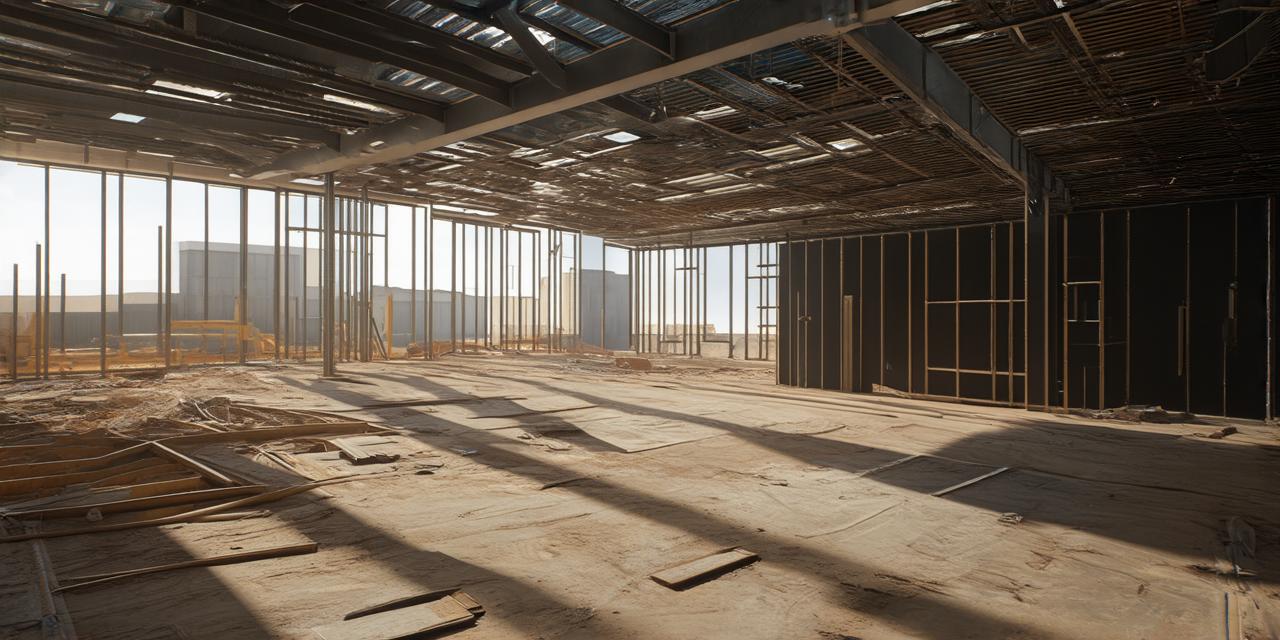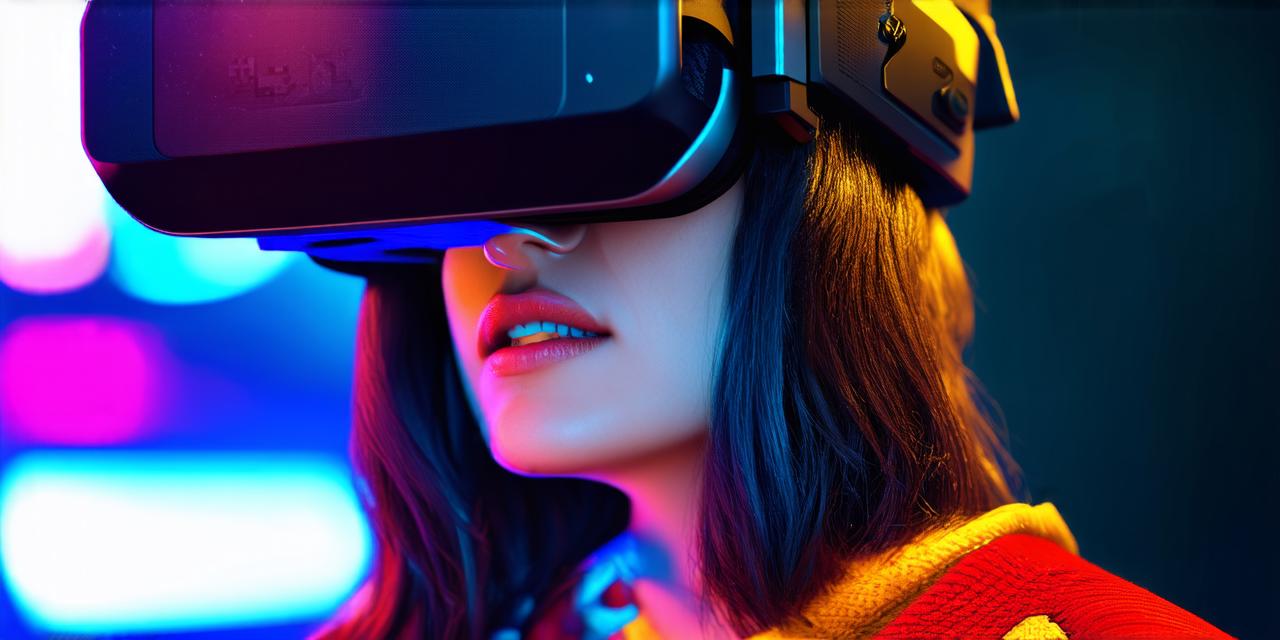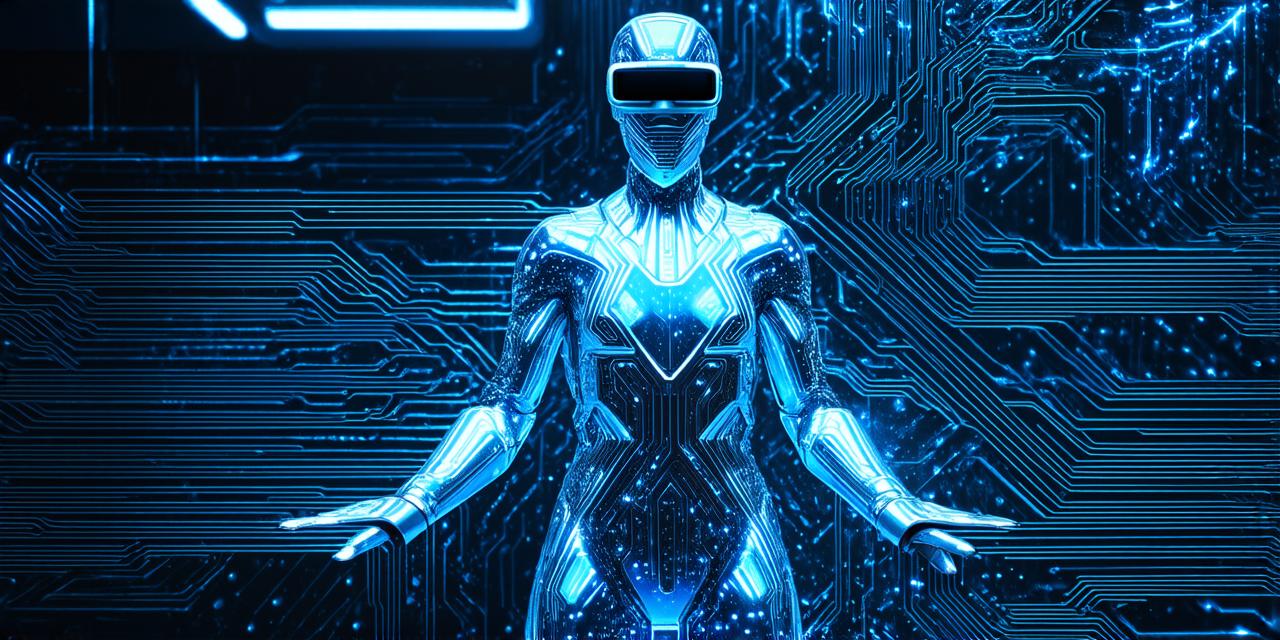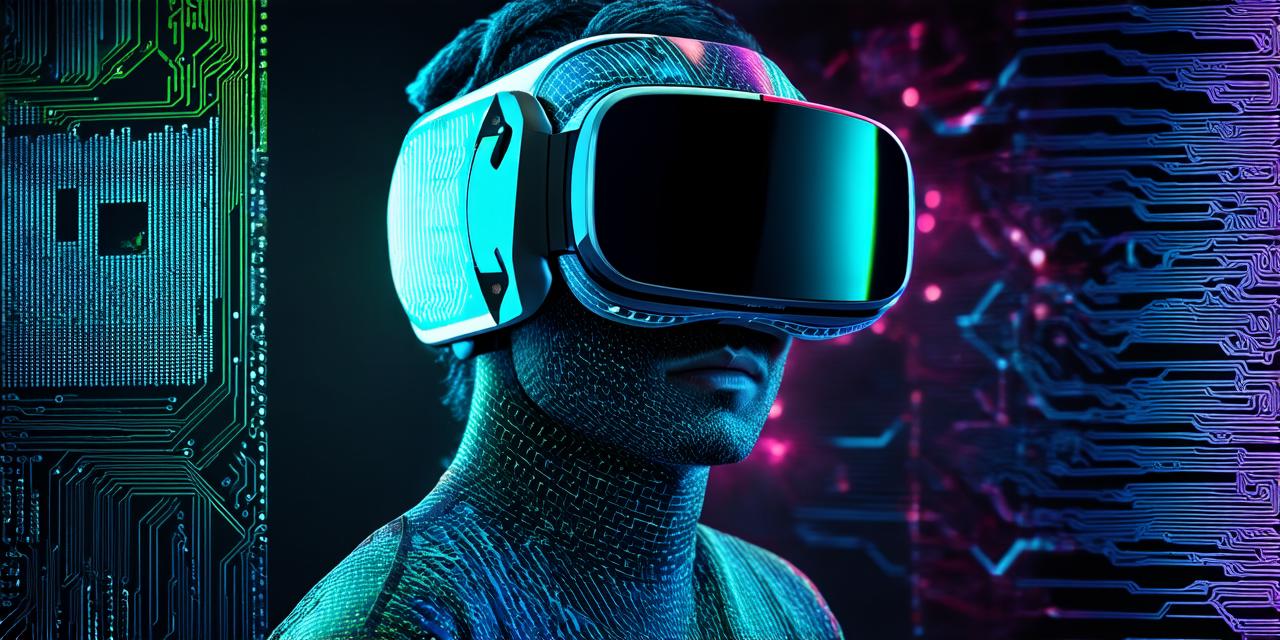Construction projects can be complex and require a significant amount of planning, coordination, and execution. Virtual reality (VR) technology is increasingly being used to enhance collaboration, efficiency, and safety during the construction process. In this article, we will explore what VR means in the context of construction and how it is being applied to improve project outcomes.
What is Virtual Reality?
Virtual reality is a computer-generated simulation that creates an immersive, interactive experience for the user. It uses sensors, headsets, and other devices to track the user’s movements and create a realistic virtual environment that responds to their actions. In the context of construction, VR is used to create 3D models of building sites, visualize design concepts, and simulate construction processes.
How VR is Used in Construction
Design Visualization: VR allows architects and designers to visualize their designs in a realistic, interactive environment. This can help them identify potential issues before construction begins, such as conflicts with other buildings or environmental factors.
Planning and Coordination: With VR, project managers and stakeholders can collaborate in real-time, allowing for better communication and coordination. This can help reduce delays and improve overall project efficiency.
Training and Simulation: VR can be used to train construction workers on specific tasks, such as operating heavy equipment or working with hazardous materials. It also allows workers to simulate potential construction scenarios in a safe environment, reducing the risk of accidents and injuries.
Safety and Risk Management: VR can be used to identify potential safety hazards on building sites, allowing for better risk management and mitigation strategies. This can help reduce accidents and injuries, as well as improve overall project safety.
Benefits of Using VR in Construction
Improved collaboration: VR allows stakeholders to collaborate in real-time, reducing delays and improving overall project efficiency.
Enhanced design visualization: With VR, architects and designers can visualize their designs in a realistic, interactive environment, allowing for better communication and coordination.
Improved training and simulation: VR allows construction workers to train on specific tasks and simulate potential scenarios in a safe environment, reducing the risk of accidents and injuries.
Better safety management: VR can be used to identify potential safety hazards on building sites, allowing for better risk management and mitigation strategies.
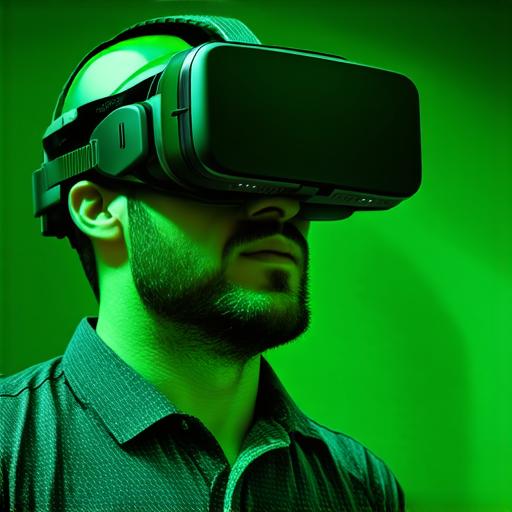
Summary
Virtual reality technology is revolutionizing the construction industry by enhancing collaboration, efficiency, and safety during the construction process. With its ability to create realistic 3D models, visualize design concepts, and simulate construction processes, VR has the potential to transform the way we approach construction projects. As VR continues to evolve, it will likely become an increasingly important tool in the construction industry, helping to improve project outcomes and reduce costs.
